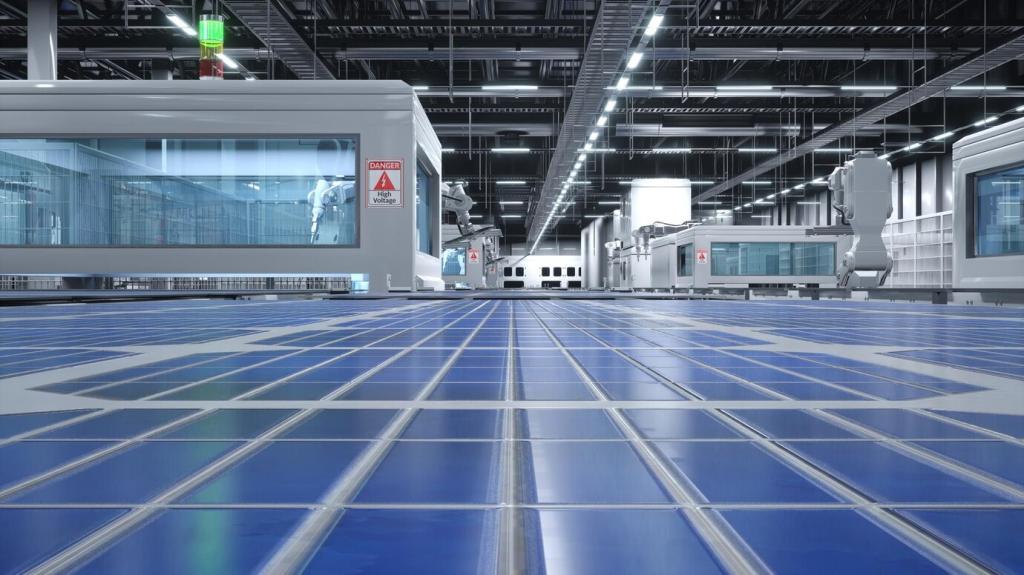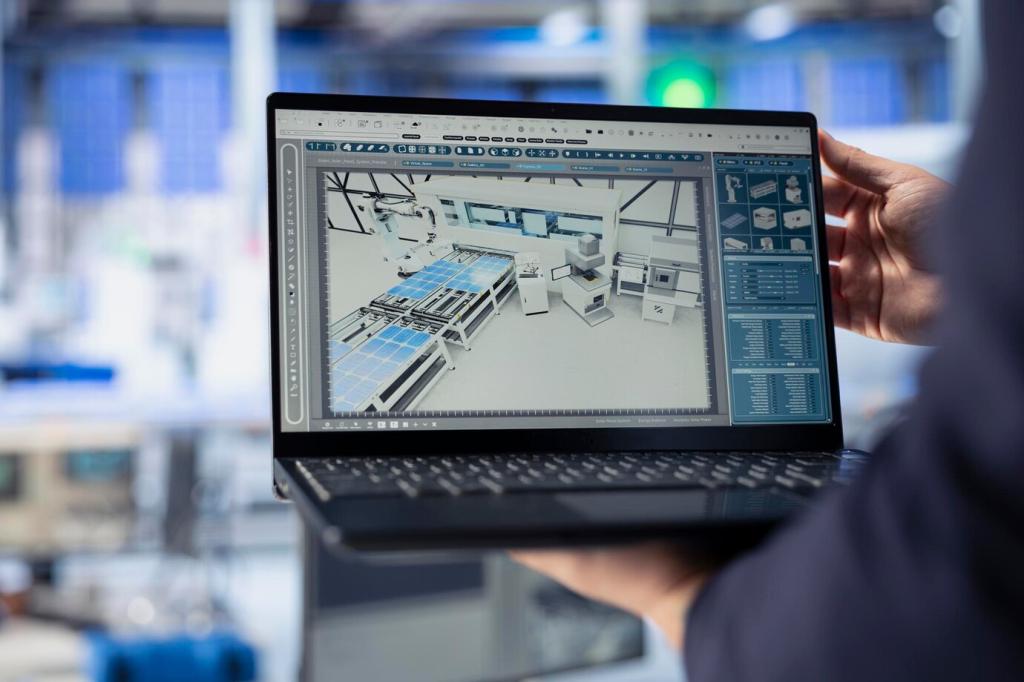Why Biodegradable Plastics Are Rising Now
Bans on single-use plastics, Extended Producer Responsibility laws, and directives like the EU’s SUP are forcing better materials into the spotlight. These regulations favor genuine biodegradability over vague claims, creating urgency for investment and adoption. What policies are changing behavior in your city? Tell us your observations.
Why Biodegradable Plastics Are Rising Now
When shoppers ask cafés about compostable lids or choose brands with certified compostable films, it nudges the entire supply chain. A neighborhood coffee shop switched spoons after customers politely insisted—within a month, distributors expanded their offerings. What everyday switch did you make that others noticed? Share your moment.






